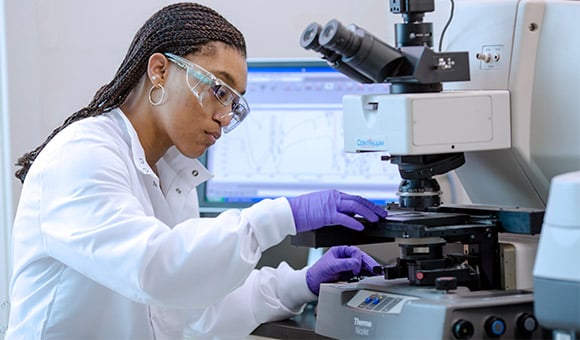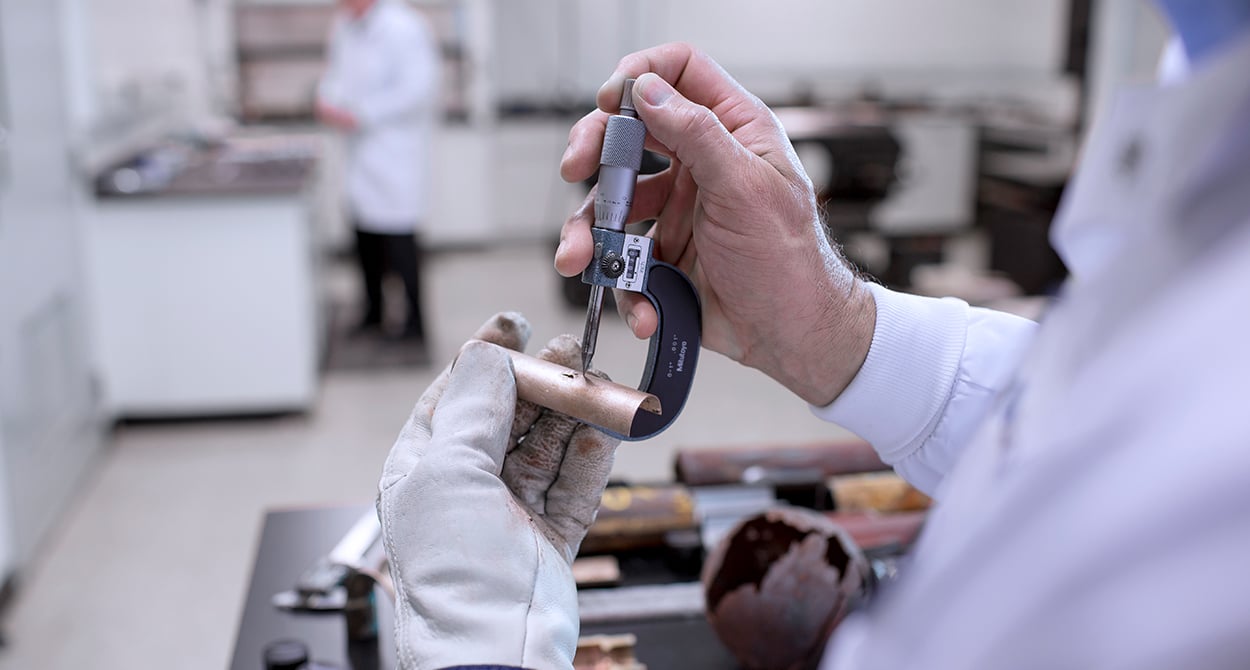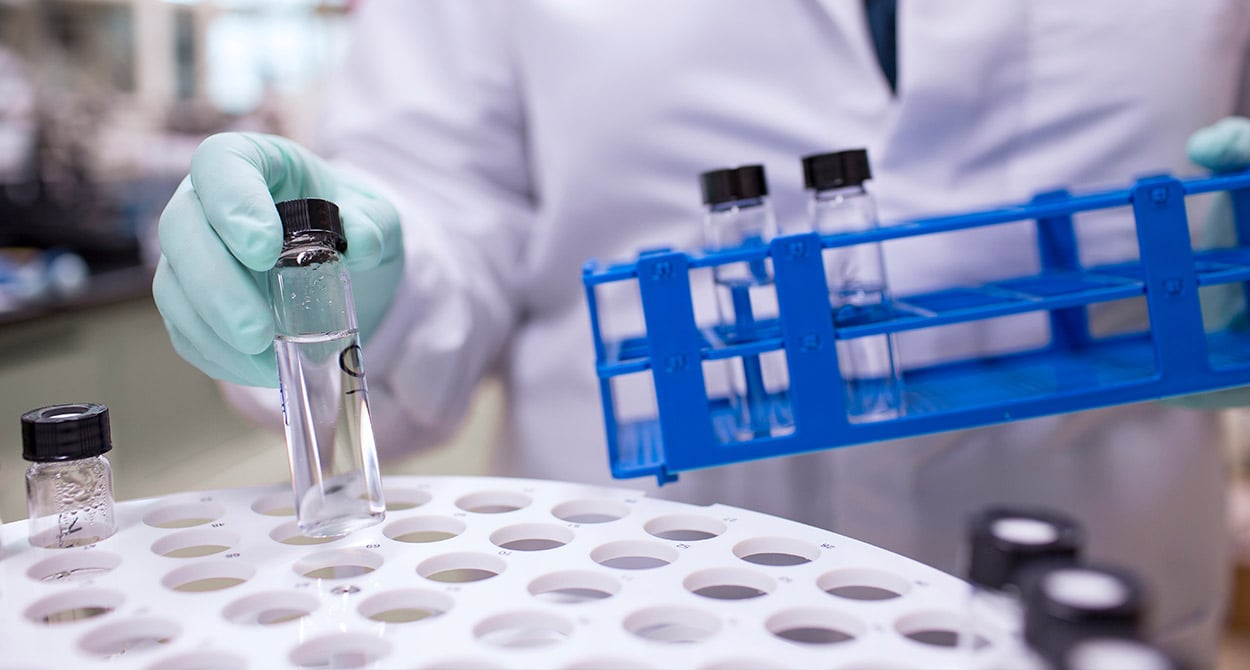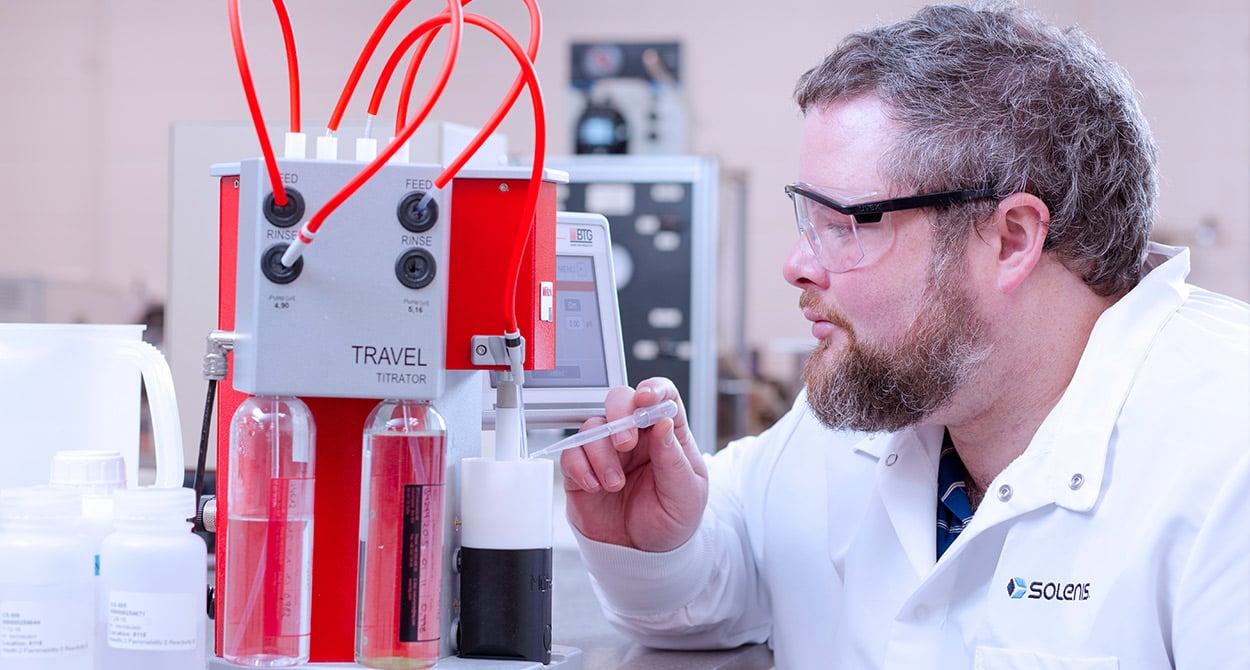
The Customer Analytical Services (CAS) group, which is a key element of our Customer Applications Laboratories, works closely with our sales, applications and research teams to understand our customers’ pulping and papermaking systems and to assist in the development of treatment technologies that address current and future customer needs. This experienced group of scientists and technicians possesses extensive knowledge of pulping and papermaking processes and applies this knowledge to provide customers with comprehensive analyses of organic, inorganic, microbiological and metallurgical samples leveraging advanced analytical instrumentation and techniques.
With laboratories strategically located around the world, the CAS group can help customers, wherever they may be based, meet their operational and sustainability goals.
Liquor and Pulp Analysis
From recaust audit support to pulp quality metrics, our CAS group provides a variety of organic and inorganic analyses for pulping operations, including the following techniques:
- Ion Chromatography (IC) for anions
- Inductively Coupled Plasma spectroscopy (ICP) for elemental analysis
- Pyrolysis Gas Chromatography/Mass Spectrometry (GC/MS) for organic identification
- Solvent extraction with Fourier Transform Infrared (FTIR) Spectroscopy for organic identification
- Total organic carbon (TOC) testing
- Automated titrators for alkalinity and pH values
- Phase-Contrast Optical Microscopy with staining for detecting pitch
- Gas Chromatography with Flame Ionization Detector (GC-FID) detector for quantification of wood resin groups
Microbiological Analysis
Our scientists perform problem-solving analyses to identify sources of microbial contamination in all aspects of the papermaking process. Analysis methods include:
- Microscopic examination of deposits and paper defects using a variety of staining techniques to identify bacteria, fungus, algae and higher biological life forms
- Standard anaerobic and aerobic bacteria/fungi counts on deposits, products and fluid samples
- “Dairyman’s Standard” bacterial testing/ISO 8784-1 on boards
- Bacterial spore counts
- Hemmhof test
- Biocide efficacy testing on process water
- Comprehensive wastewater testing and filamentous bacteria identification
- Preservative challenge studies on products
- Testing for corrosion-related bacteria counts such as sulfate reducing bacteria and iron-related bacteria
- Testing for Coliforms and E. Coli
Pulp and Process Fluid Analysis
A thorough knowledge of water chemistry allows for anticipation and prevention of potential fouling, deposition, corrosion and other problems. Some of the techniques used to understand these phenomena include:
- Gas Chromatography (GC) for volatile fatty acids and Liquid Chromatography for biocide residuals
- Automatic titrators for alkalinity and pH values
- IC for anions, including oxalate
- ICP for metals content
- UV-Vis Spectroscopy for soluble lignin content
- Solvent extraction with FTIR for organic identification
Deposit/Defect/Fabric/Board Analysis
Our CAS group uses advanced organic, inorganic and microbiological analysis techniques to identify components of complex process and functional problems. Some techniques used include:
- Scanning Electron Microscopy (SEM) for mechanical and chemical damage, as well as degree of plugging
- Elemental analysis by ICP, X-Ray Fluorescence (XRF) and Scanning Electron Microscopy with Electron Dispersive X-Ray Spectroscopy (SEM/EDS)
- Optical microscopy for defect imaging
- Diamond Attenuated Total Reflectance (ATR) cell FTIR Spectroscopy, including Microspectroscopy for organic identification
- Pyrolysis GC/MS for organic and polymer identification
- Thermogravimetric Analysis (TGA) for ash content of small samples
Metallurgical Analysis
Our experts conduct failure analyses and general assessments of various metal components found in steam generating systems, heat exchangers, digesters, and paper and tissue machines. Some techniques used to analyze corrosion failure mechanisms include:
- Photographic documentation
- Dimensional analysis
- Microstructural evaluation
- Metal hardness testing
- Positive material identification
- Deposit weight density analysis
- Corrosion coupon analysis
- Electrochemical analysis methods



